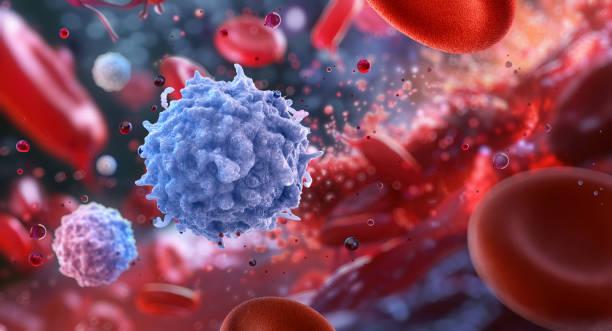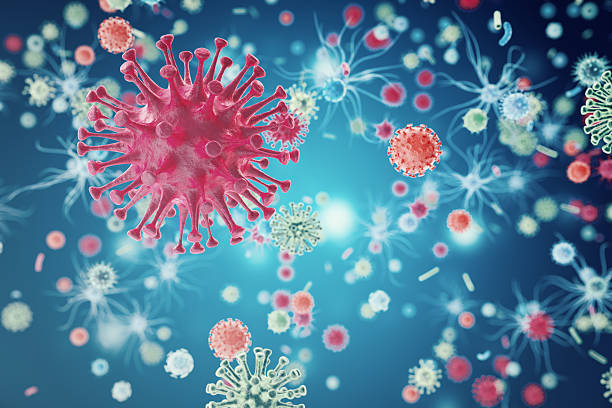Almost every disease involves inflammation, yet current blood tests cannot identify inflammation in specific organs or tissues. Now, researchers at Case Western Reserve University have developed an antibody-based method to detect inflammation, paving the way for blood tests that identify disease-specific biomarkers, including those for heart disease, Alzheimer’s, and various cancers. This breakthrough also holds significant potential for advancing drug discovery.
“This research opens up an amazing number of pathways for future studies,” said Greg Tochtrop, professor of chemistry at Case Western Reserve. “It will lead directly to better understanding inflammation and detecting diseases, as well as to discovering new drugs.”
The research project, which was led by Tochtrop, is published in the journal Proceedings of the National Academy of Sciences (PNAS).
Inflammation leaves a trace
Tochtrop discovered that certain compounds formed through interactions with reactive oxygen species (ROS)—highly reactive oxygen-containing molecules that can damage DNA, proteins, and lipids—exhibit a unique reactivity that enables detection using antibodies.
During inflammation, immune cells generate ROS to combat bacteria and other pathogens. ROS can also arise from environmental exposures such as ultraviolet light, pollution, radiation, and smoking. However, excessive ROS can harm cells and tissues.
Tochtrop and his colleagues explored how ROS interact with linoleic acid, a fatty acid present in all cell membranes, leading to the formation of epoxy keto octadecenoic acids (EKODEs). These compounds can bind to RNA, DNA, and proteins.
Tochtrop found that EKODEs react with the nucleic acid cysteine in a previously unrecognized way, forming a stable bond. As a result, these compounds accumulate in tissues experiencing oxidative stress, including the brain, heart, liver, and other organs. By developing antibodies to target these compounds in mouse models, Tochtrop successfully detected EKODE buildup in various tissues in both mice and humans.
“What makes this so interesting and so potentially valuable,” Tochtrop said, “is that we could detect unique compounds and concentrations in different tissues and organs, which means that you could potentially detect a variety of diseases with a blood test.”
The test could function similarly to the A1C test for diabetes, which measures the percentage of hemoglobin coated with glucose to reflect average blood sugar levels over the past three months. An EKODE test, however, could identify abnormal oxidative stress in specific organs.
Identifying Disease-Specific Biomarkers
The next step, according to Tochtrop, is to pinpoint different EKODE targets in various organs and tissues to link specific biomarkers to diseases. He is especially interested in EKODEs generated in the eye in response to conditions like age-related macular degeneration and diabetic retinopathy, both of which impact vision.
Tochtrop gave an explanation as to why these biomarkers had not been identified prior to this time: “We had to develop many of the tools in the lab to search for them in the first place,” he stated.
The team of scientists synthesized EKODE model compounds and examined their interactions with various amino acids. They discovered that cysteine was the only amino acid to form a lasting bond with EKODE.
“We looked at the inherent chemistry of the system, predicted what would form and then searched for them,” he said. “There are very important translational implications, but this is an example of how looking at things from first principles can really inform the next steps to developing clinical tests.”
Potential for searching out new drugs
The study could also assist in drug discovery, as drug developers are in quest of reactive cysteines.
“Identifying reactive cysteines is central to drug discovery right now,” he said. “This could help uncover many reactive cysteines that could be targeted for drug discovery, which is a valuable offshoot of our research.”





